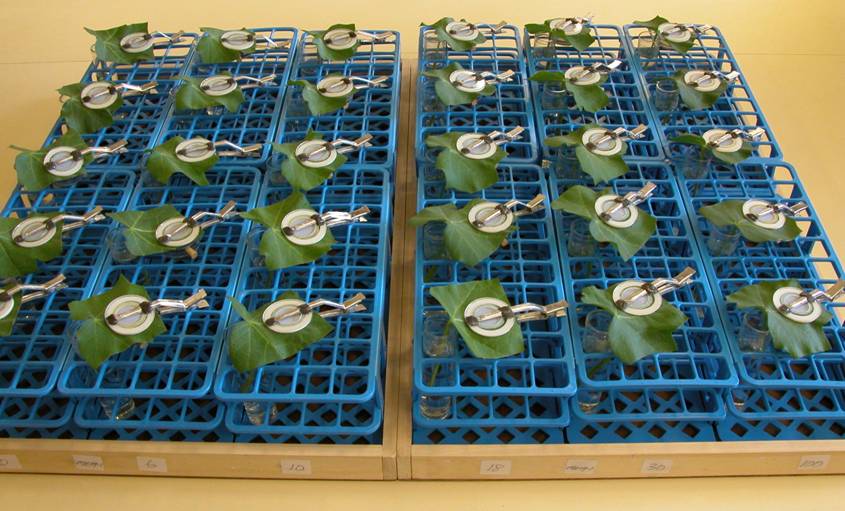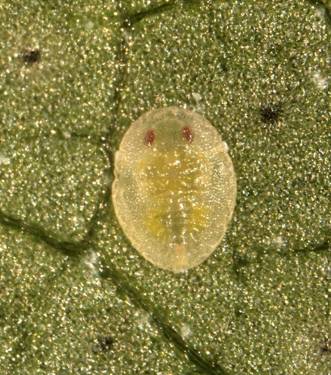Results for 2011-12
Monitoring for resistance in Silverleaf whitefly, collected in the 2011-12 cotton season, is now complete. Results show that resistance exists for Admiral® and bifenthrin (e.g. Talstar®) in horticulture but not in cotton while SLW remain susceptible to Pegasus® and Movento®
In total 17 collections were made from Emerald, St George, Theodore, Moree and Narrabri for resistance monitoring. Whitefly were not collected from the Darling Downs due to very low numbers this season. Testing was conducted against the four registered insecticides, Admiral® (pyriproxyfen), Pegasus® (diafenthiuron), Movento® (spirotetramat) and Bifenthrin (e.g. Talstar®).
The 2011-12 season was generally a low pressure year with the exception of the Moree region. Whitefly were generally below action thresholds in the Emerald, Burdekin, Biloela, Theodore and Darling Downs regions. Low to moderate whitefly pressure at St George resulted in approximately 15% of fields being treated with insecticide. Suppression of low-moderate infestations was achieved by using Pegasus® or Admiral® (many growers had purchased Admiral® the previous season and wanted to use it rather than hold old stock on farm).
Moree had very high pressure with almost all irrigated cotton treated for SLW with some fields requiring more than one application. This was due to unfavourable crop development caused by flooding as well as late season whitefly migrations. Insecticides used included Admiral®, Pegasus®, Movento® and/or Talstar®.
Admiral® remains the cornerstone of effective management of high density infestations. After five years of monitoring, resistance levels remain susceptible in cotton dominated regions, however high levels of resistance exist in Bowen and the Burdekin due to intensive usage for fruit and vegetable production.
SLW remain susceptible to Pegasus® and Movento®. These products are useful options for whitefly management from a resistance perspective. As these products are also registered for aphid control consideration should include both pests as there is a high risk of developing resistance. The best way to avoid developing resistance is to minimise the use of any one mode of action group.
Bifenthrin (eg Talstar®)has elevated resistance factors in cotton and this has been confirmed as resistance in one sample from St George. Bifenthrin is generally not recommended as a product for SLW management except for circumstance where late season pest abundance may warrant its use just prior to defoliation. The earlier use of bifenthrin for SLW is not recommended as it has marginal efficacy and is highly disruptive to beneficial insects and often results in subsequent re-flaring of SLW numbers within weeks of application.
No changes have been made to the Insecticide Resistance Management Strategy for the 2012-13 season. That means that a maximum of one application of Admiral® may be used in a season. Resistance risks should be avoided by rotating products of different modes of action.
Thank you to Geoff Cornwell, Chris Monsour and Gail Spargo for collecting whitefly for the resistance monitoring project and to Jamie Street, Steve Madden and Rob Hones for assisting in locating whitefly for collection. This is a CRDC funded project.
For more information on SLW, including how to check for parasitism, please refer to previous blogs. You can find these under the categories on the right hand side of the blog. You can also find a guide to recognising parasitism – under Resources at the top of the Beatsheet page. Or contact Zara Hall, DAFF field crops entomology Toowoomba, 07 46881436.
Article by Zara Hall


